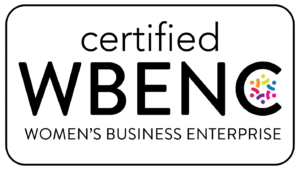Meetings consume a substantial portion of the employee’s work week. A closer look reveals that a substantial number are unnecessary, unproductive, and deprive employees of irreplaceable time to focus on completing projects.
According to a Harvard Business Review survey, 65% of senior managers said meetings prevented them from completing their own work and 64% said meetings negatively impacted their deep thinking time.
The meeting culture directly impacts employees’ happiness and health because they work “off the clock” and the result is simple: a poor meeting culture equates to reduced productivity and a loss of work/life balance.
If your organization touts time efficiency as a core value but consistently schedules ineffectual meetings, your core values are out of alignment and require a corporate culture tune up.
Ideas to mitigate the problem:
- Beforehand, review the expected deliverables and determine whether a meeting is even necessary. Could the desired outcome(s) be accomplished in a different format? Possibly via email? A brief telephone chat?
- Be sure the meeting agenda is concise and specific. State the start and end time and stick to it.
- Invite only those who have a role on impacting the outcome (decision maker, adviser, executer…)
- Discussions that come up that are not agenda-related should be deferred to off-line conversations or to future meetings (this avoids “time gulping”). Record action items and follow up with the appropriate colleagues afterwards.
- BONUS: Give attendees the option to leave once their role/interest has been discussed.
Let us know in the comments how you keep your meetings on track. In all your doing, make it a great day!








